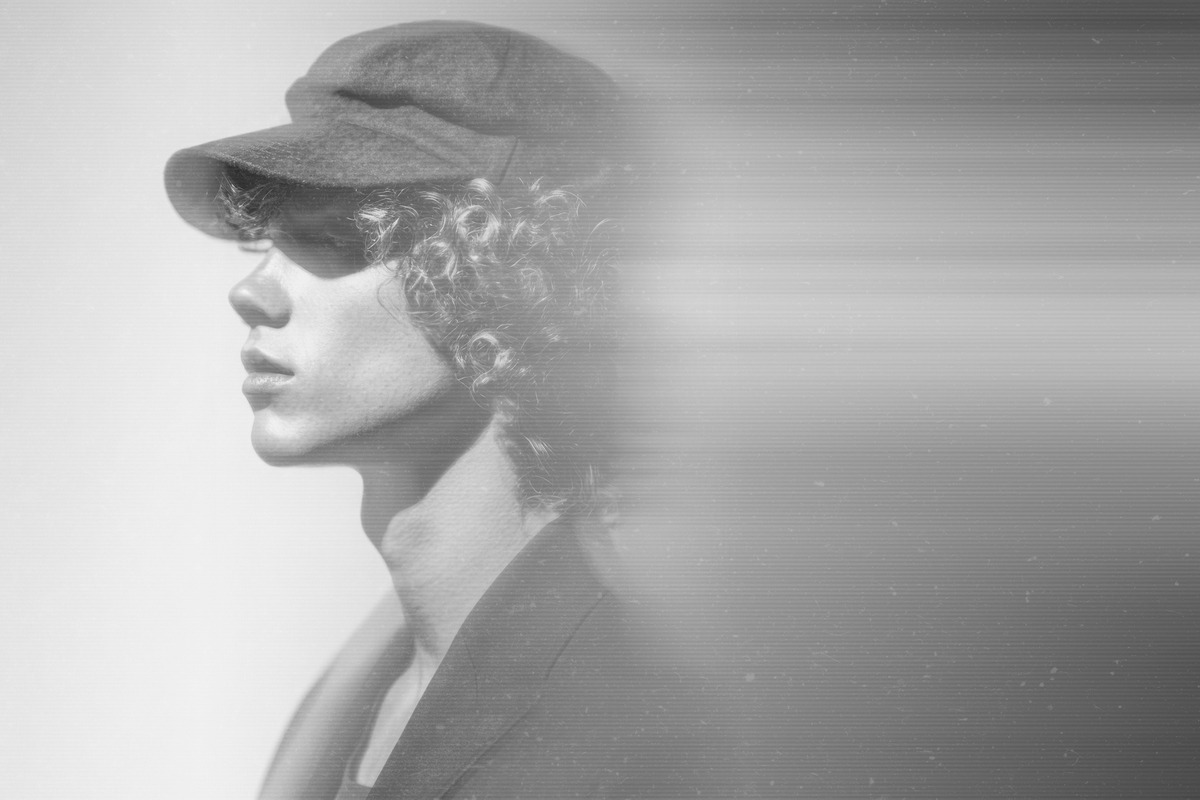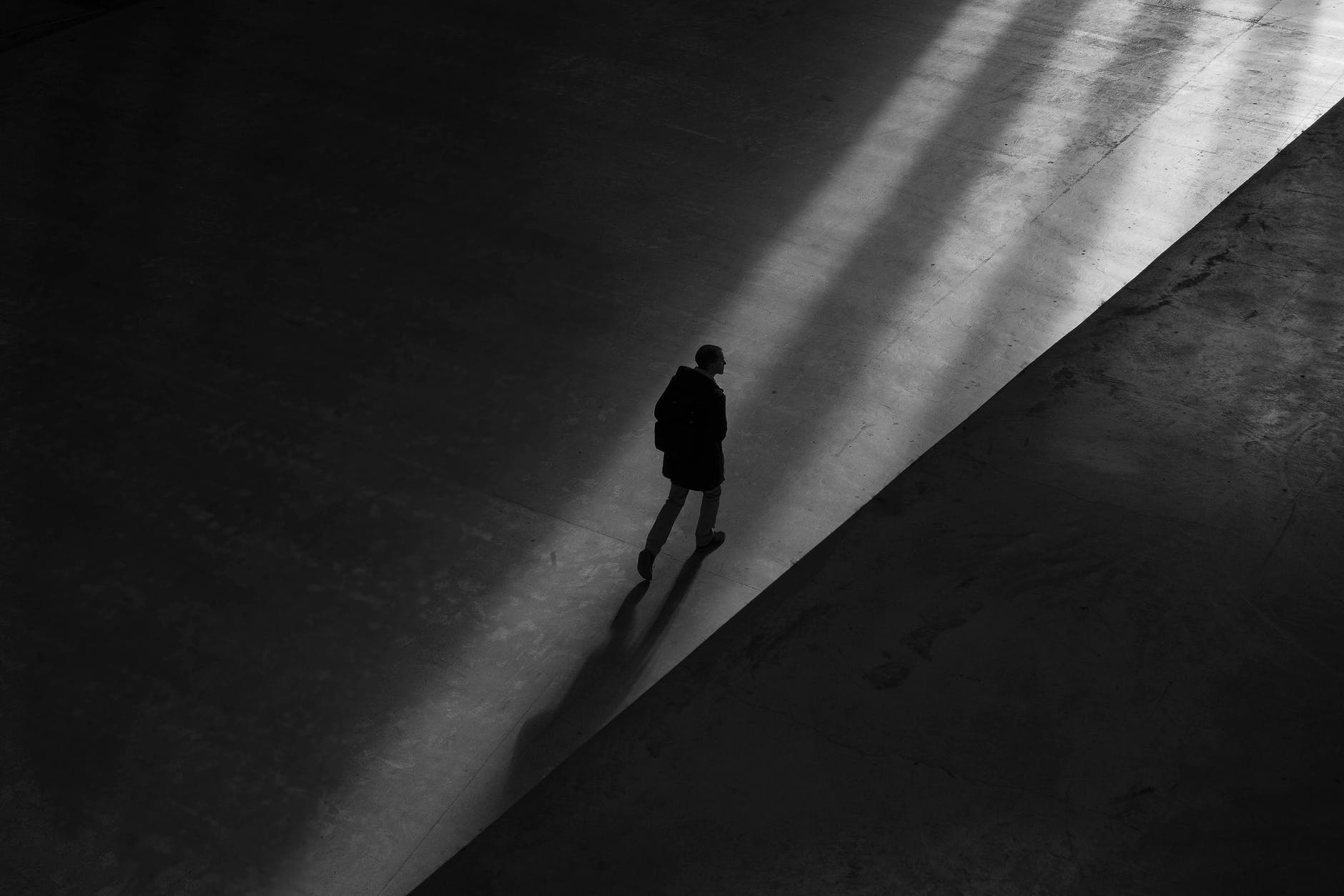The Dark Side Of Human Nature According To Carl Jung

Sue Dhillon is an Indian American writer, journalist, and trainer.
“Everyone carries a shadow, and the less it is embodies in the individual’s conscious life, the blacker and the denser it is.”
Carl Jung

EXPLORING THE DARK SIDE ACCORDING TO CARL JUNG
Thrashing about in his bed with a particularly nasty bout of tuberculosis in the English seaside town of Bournemouth, 1886, the Scottish writer Robert Louis Stevenson was suddenly awoken by his wife, Fanny. Ravaged by disease and medicinal cocaine use, Stevenson was having a hard time of late.
Aside from the inconvenience of coughing his lungs up, the writer had recently lost a personal friend and was suffering from a hemorrhage. With compounding money problems and deteriorating health, Stevenson’s mind was aflame with feelings of shame, guilt, self-pity, and anxiety. Seeking outward expression, these feelings found form in a fever dream. Stevenson envisioned a man whose repressed and hidden side emerged in the guise of a monster. This ugly side would hurt others, partake in illicit activities, and ultimately overcome him, leading to his demise.
In the 134 years since its publication, The Strange Case of Dr. Jekyll and Mr. Hyde has found itself a mainstay of popular culture, a sly nod to the dark side of ourselves that we like to overlook.
BREAKING BAD AND CARL JUNG’S SHADOW THEORY
The theme is universal: we have a dark side that we are often unaware of, taking over us in various ways. Novels like Dostoyevsky’s The Double, the movie Fight Club and the TV show Breaking Bad all deal with the same concept. A person discovers there’s more to themselves than the outward appearance, and what they discover is frightening but empowering.
Breaking Bad’s Walter White, for example, is a high school chemistry teacher and family man. After being diagnosed with terminal cancer, his darker, shadow self begins to emerge, overcoming his “golden self,” taking him down a path of crime and immorality.
The Swiss psychologist Carl Jung called this aspect of ourselves the shadow, the unconscious, unknown dark side of the personality. For Jung, bringing the shadow into the light, becoming aware of it, and integrating what you find, renders an individual more whole, grounded, and authentic. An unintegrated shadow, however, can lead to feelings of being divided, manifesting in unhealthy ways towards other people and ourselves.
WHAT IS CARL JUNG’S SHADOW THEORY?
Our shadow acts as the psyche’s repository of darker, selfish motivations that we want to ignore or explain away in unselfish terms.
If our outward persona is what we project about ourselves and want people to think of us, the shadow is the opposite. That is, the shadow is what we don’t want people to discover about us.
In the shadow, you will find the real reason you did or didn’t go to the school reunion or got frustrated with your mother-in-law. It is the reason someone gets under your skin and annoys you so much.
The shadow is the unexposed underbelly ego where we stash away the motivations, beliefs, and feelings we’d really rather not look at.
We’re not just talking about anger, greed, lust, xenophobia, violence, and hate, either.
The shadow’s contents needn’t be inherently repulsive. It will often contain perfectly acceptable feelings that we’ve come to perceive as repulsive, effectively banished to the dark side of the moon, out of sight, but most definitely still there.
In a nutshell, the shadow is a complex of everything that we’d not like to know that is true about ourselves. What we perceive to be our ugly bits.
Looking into our shadow is a lot like overturning a rock and seeing the creepy crawlies that lie beneath. We are both repulsed and fascinated by what we find lurking down there and don’t really know what to do with it.
HOW WE FORM OUR SHADOW ACCORDING TO CARL JUNG?
“Behind us, we have an invisible bag, and the part of us our parent’s don’t like, we – to keep our parents’ love – put in the bag. By the time we go to school our bag is quite large…We spend our life until we’re twenty deciding what parts of ourselves to put into the bag, and we spend the rest of our lives trying to get them out again.”
Robert bly, The Long Bag We Drag Behind Us
We develop our shadow primarily through socialization.
Described by the poet and essayist Robert Bly as having a 360-degree personality, young children are radiating balls of energy unashamed of any aspect of themselves, body, or psyche. Then, one day, we start picking up on things our parents say, such as “Can’t you be still?” and learn that there are parts of us people might not like too much.
As we grow up, we are continually given cues on what is and is not acceptable by parents, family, friends, teachers, and mainstream culture. According to Jung’s theory, these “unacceptable” sides of our character find themselves still a part of us but tucked away in our shadow.
This process starts at an early age, often with strong feelings that adults would rather we not have. The shadow is stuffed with feelings like aggression from fights with siblings, relegated to our psyche’s blind spot by parental admonishments.
Hate, too, is often found when surfacing the contents of one’s shadow. We are socialized to treat hate as an unacceptable strong feeling when, as children, we’d say things like “I hate carrots.” A parent may explain to the child that hate is not a nice word, disallowing certain experiences that occur naturally within them.
The shadow, therefore, acts as a place where our psyche unconsciously puts all these things that we’ve come to perceive as bad about ourselves.
And the process is often not a verbal one. A boy who enjoys playing with his sister’s Barbie dolls may pick up on his parent’s disapproving looks and not-so-subtle attempts to dissuade him from doing so as much as his sister’s disgusted objections. Such feelings of shame are then often absorbed into the shadow, manifesting later in life. Throughout history, many sexual feelings have also found themselves relegated to “the long bag we drag behind us.”
PROJECTION AND BECOMING AWARE OF OUR SHADOW
“The meeting with oneself is, at first, the meeting with one’s own shadow. The shadow is a tight passage, a narrow door, whose painful constriction no one is spared who goes down to the deep well. But on must learn to know oneself in order to know how one is.”
Carl jung
Whether we want to turn and look at it or not, we drag our shadow along with us throughout life, with it influencing us in many different ways, pressing on our personality to acknowledge its existence. Because shadow making has an amnesic quality to it, we often don’t know what lies outside of our psyche’s peripheral vision.
The most significant manifestation of the shadow is the phenomenon of projection.
Initially theorized by Jung’s mentor and friend, Sigmund Freud, this involves projecting our own perceived deficiencies onto others. For Carl Jung, shadow theory and projection went hand in hand, revealing much about ourselves through an unconscious process. We begin to see in the world all the things that we’re unaware of within ourselves, typically as bad and inferior.
The Jungian psychologist, Marie Louise von Franz, argued that we can become aware of aspects of our own shadow by observing when we judge others. That is, when we make moral judgments, we are sometimes projecting perceived inferiority from within ourselves onto others.
“If you feel an overwhelming rage coming up in you when a friend reproaches you about a fault, you can be fairly sure that at this point you will find a part of your shadow, of which you are unconscious.”
We can then bring the shadow into the realm of conscious attention by observing when we experience resentment and moral judgment. Once the shadow has become an intellectual concept, introspection and observation of our own feelings towards others and ourselves begins to expose what lurks beneath.

INTEGRATING THE SHADOW
“By not being aware of having a shadow, you declare a part of your personality to be non-existent. Then it enters the kingdom of the non-existent, which swells up and takes on enormous proportions….If you get rid of qualities you don’t like by denying them, you become more and more unaware of what you are, you declare yourself more and more non-existent, and your devils will grow fatter and fatter.”
Carl jung
Given it’s the home of the awful-awfuls and the things that we don’t like to look at, it might seem odd to want to surface the shadow’s contents. For Jung, though, shadow integration is vital to reconciling conflicts within ourselves and developing a stable, authentic personality, something he called individuation.
By acknowledging and integrating the shadow into our psyche, we begin to undo the contradictions within ourselves. Leading to:
- Better, more authentic relationships
- More psychological energy
- More creativity
- Greater self-compassion
CARL JUNG THEORIZES BECOMING AWARE OF THE DARK SIDE/SHADOW SIDE CAN BE ENLIGHTENING
When the shadow becomes something we are aware of, it can act as a deep well of creativity and insight, something the artists and authors of the world have been tapping into for millennia, with the behavior of ourselves and others making a lot more sense. Furthermore, the manipulation of people by corrupt powers becomes more obvious. Poking away the fears most of us carry in our shadow bag is a sure-fire way to extract a strong emotional response after all.
Through integration, then, we become more resilient to the sways of emotion that an unexamined shadow can cause us.
The process of integrating the shadow into our personality is called shadow work. It is a process of self-awareness and acceptance, not repressing feelings we typically perceive as shameful or unacceptable. Instead, you develop a sense of friendliness towards them. This doesn’t mean advocating everything you find within your shadow. Some feelings such as violent rage are socially unacceptable for good reason. But by being steadfastly confronting and acknowledging their existence, you gradually become more grounded, projecting your own feelings of inferiority onto others less.
Shadow work often involves observing one’s own emotional responses, questioning our perceived motivations to uncover some deeper truths, and beginning an internal dialogue with the shadow aspect of ourselves. There are many differen?t approaches to uncovering our shadow, including Jung’s own Active Imagination method.
Making efforts to discover one’s own shadow can happen in everyday life. Jung believed that everything that irritates us about others can lead us to a better understanding of ourselves. And while it’s often impossible in the moment for us to begin an introspective, inner dialogue on why that annoyed you, doing so at a later time is always possible.
As a psychological construct, the shadow is both terrifying and liberating. A concept many of us would rather not deal with. For Jung, though, ultimately, the shadow was the doorway to the real, something that – if brave enough to confront – can lead to us becoming more whole, channeling taboo feelings into something more healthy.
This story was written by Matthew Wiliams.
Matthew is writer with a focus on lifestyle and technology.
His previous stories below –


